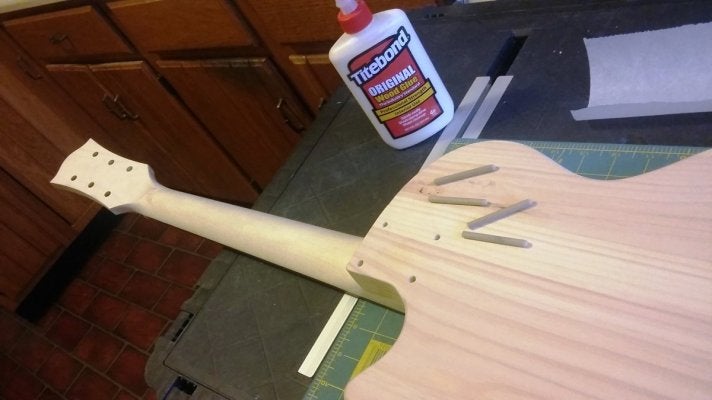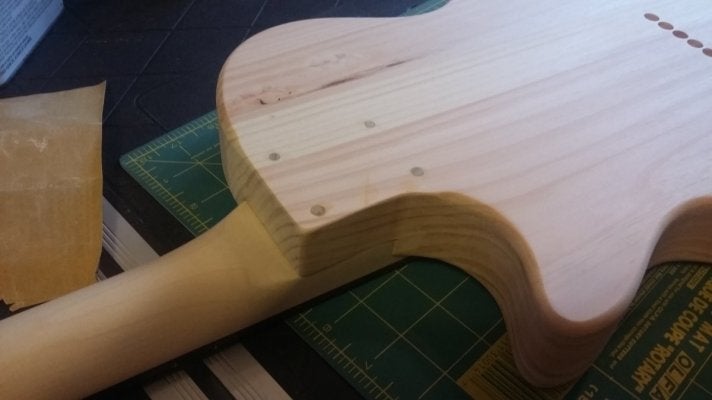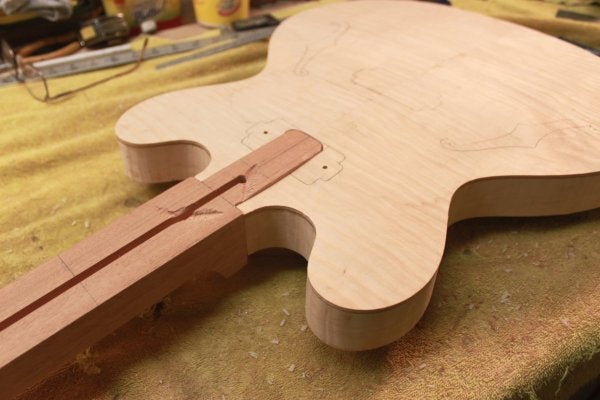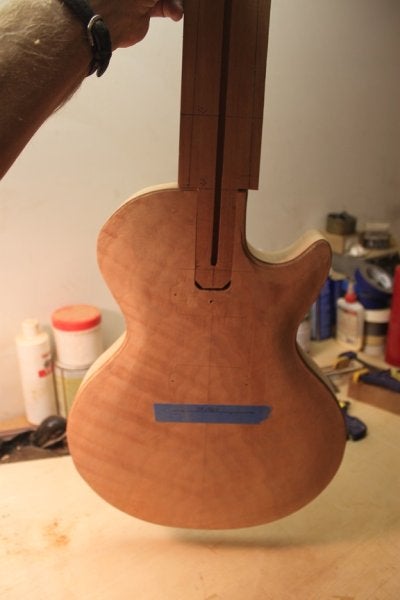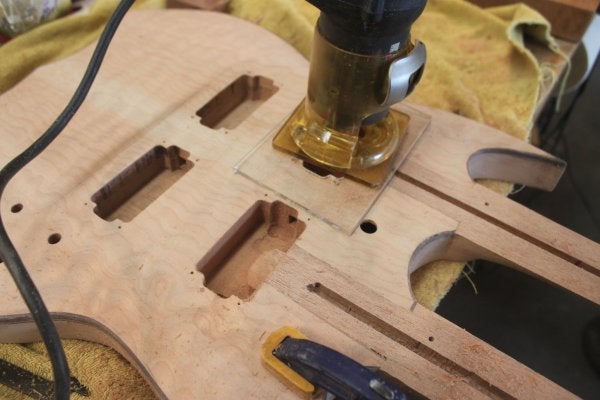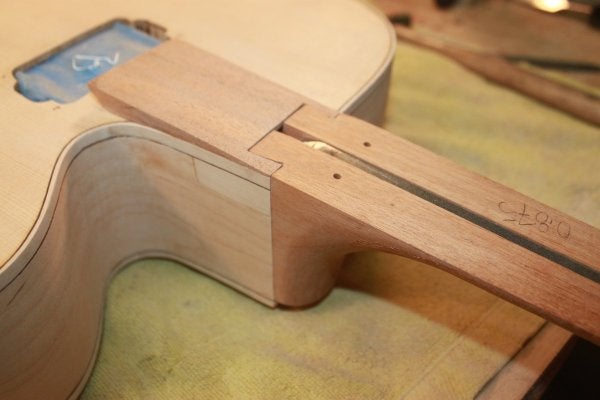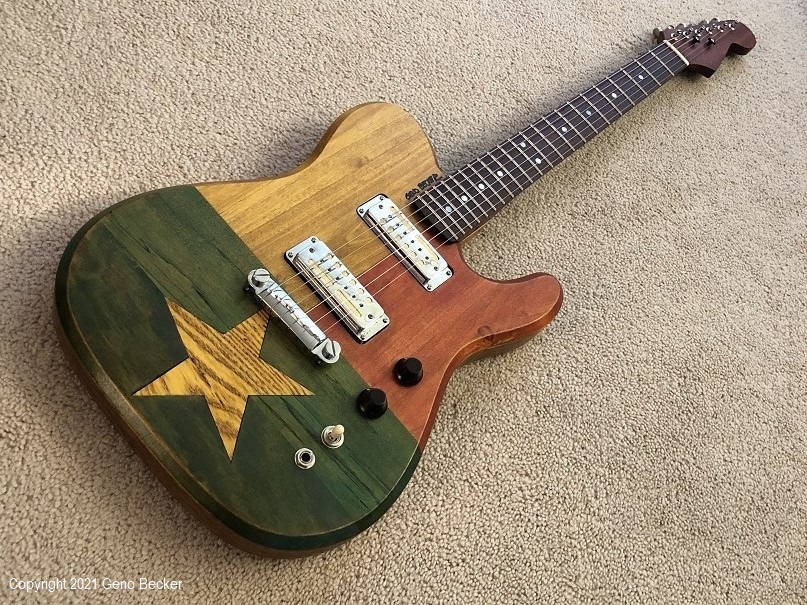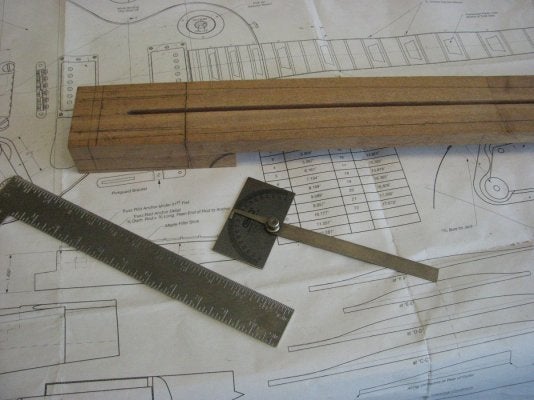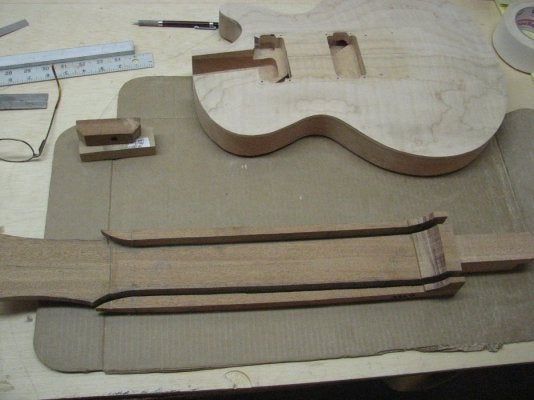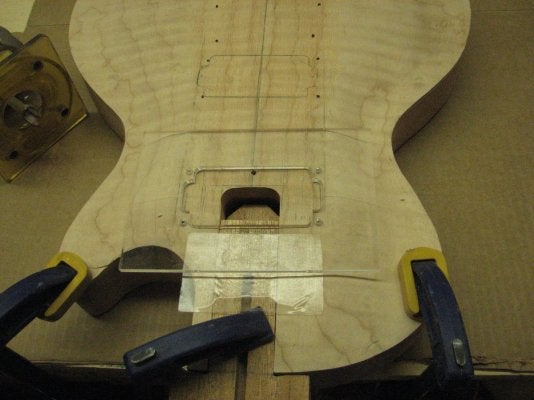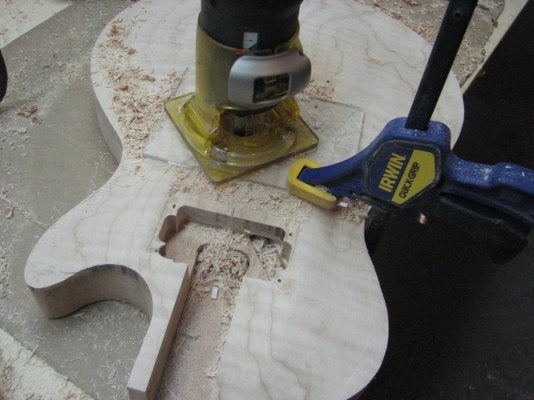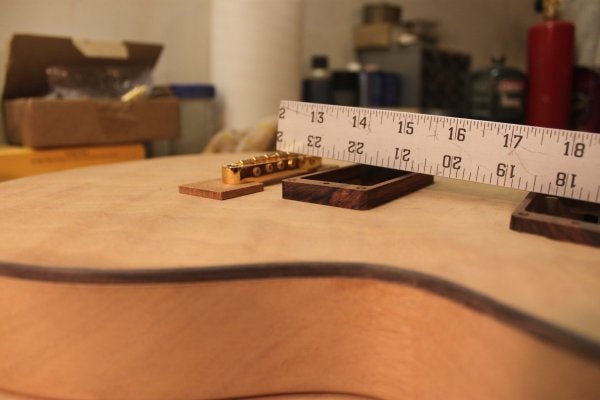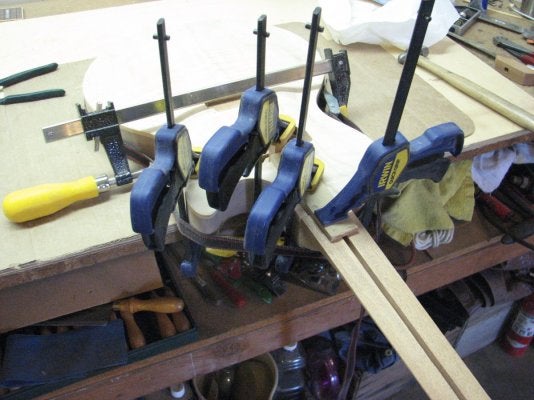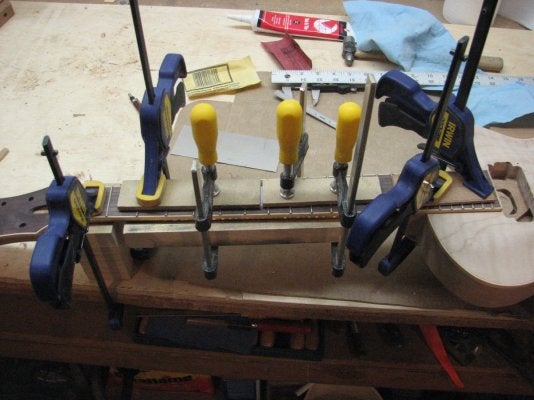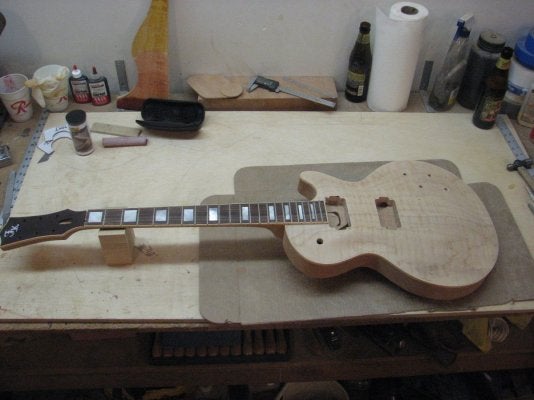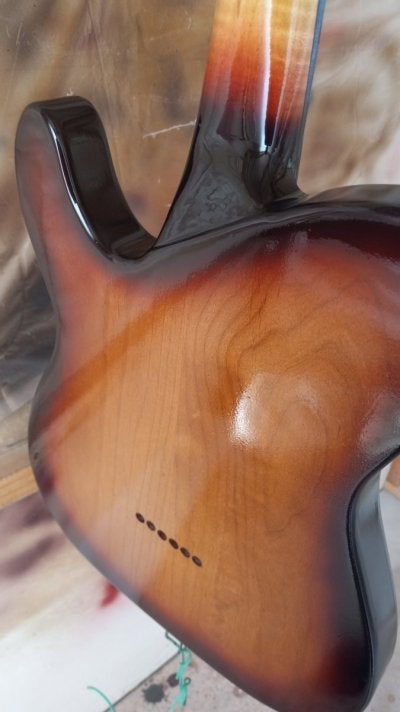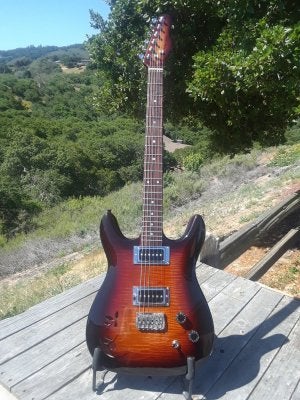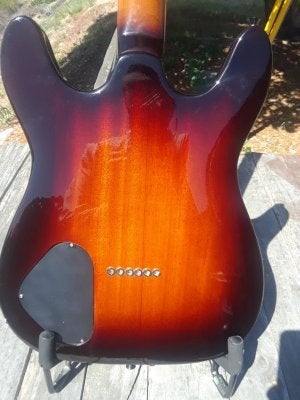Rigel7
Tele-Meister
Hey all. I'm starting to plan a new guitar build and I'm thinking of going with a set neck this time, which would be a first for me. So, I thought I'd do a call out for some advice on this. I'll also be doing a deep dive into my guitar building books.
Questions:
Will this be much more difficult than a Fender style bolt on?
When is a non-0 neck angle required?
Other than being associated with cheap instruments, is a scarf joint all that bad? Are there other methods you'd suggest?
Is there a neck joint style you've had good/bad luck with?
Any jigs I should look at making?
Bonus question: does a tune-o-matic have to be angled? That one's always confused me.
Is neck-through easier than set neck?
Questions:
Will this be much more difficult than a Fender style bolt on?
When is a non-0 neck angle required?
Other than being associated with cheap instruments, is a scarf joint all that bad? Are there other methods you'd suggest?
Is there a neck joint style you've had good/bad luck with?
Any jigs I should look at making?
Bonus question: does a tune-o-matic have to be angled? That one's always confused me.
Is neck-through easier than set neck?




